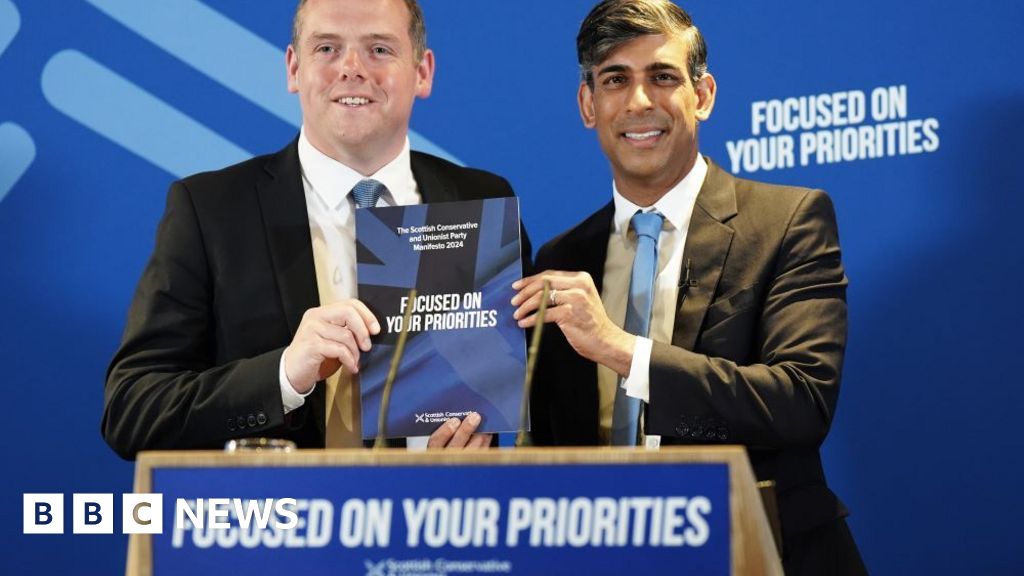World
Scottish Conservative manifesto: Key policies analysed

The manifesto reflects the Scottish Tory push against Holyrood centralisation, saying councils should have a guaranteed share of Holyrood’s budget (easily manipulated by handing over responsibilities too) and giving local authorities the final say on controversial housing and energy plans – a growing issue in the next Westminster Parliament.
Where immigration plays a significant part in the Britain-wide Tory pitch, it is adapted to address a different mood on the subject in Scotland. But not adapted by much. The document suggests Tories will look for ways to get immigrants to rural parts of Scotland facing de-population.
And on tax, they point towards a promise to re-align income tax in Scotland with that in the rest of the UK. Proposed abolition of the intermediate rate, worth up to £171 per taxpayer and only possible through the administration at Holyrood, is a signal of what would happen to other rates and threshholds. If that were to happen, it would effectively give away a key part of Holyrood’s budget flexibility.
This document is not required to add up. But if a Tory Chancellor were to apply the constraints signalled in the manifesto for the whole UK, it’s unlikely a Scottish Tory First Minister would have the funds to deliver on all that is promised.
And while much of this could only follow if the Tories won the next Holyrood election, there’s also the question of who will succeed Douglas Ross as Scottish Tory leader and as First Minister candidate in less than two years, as well as which direction and different priorities the new leader will set.






